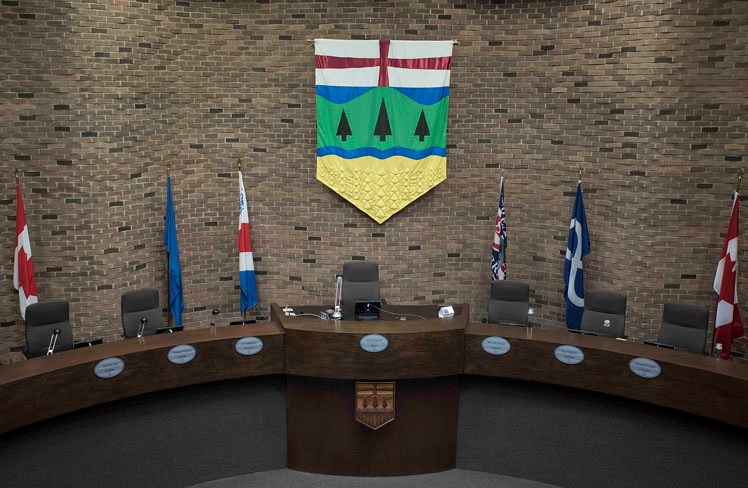St. Albert's mayor and council will be doing plenty of number crunching this week as the April 11 standing committee of the whole meeting agenda features recommendations for increased council salaries starting in 2025, a preliminary three year tax forecast, and a new investment attraction strategy.
As the Gazette reported last week, the citizen-based council remuneration committee have wrapped up a comprehensive review of how and how much St. Albert's elected officials are paid and are recommending a $20,000 raise for city councillors, rising to $70,000, among six other recommendations.
The recommendations, which also include designating a council seat be a full-time position moving forward, come after seven months of work for the remuneration committee. This council remuneration review is the first since 2016.
The chair of the remuneration committee, Valerie Ganske, will present the group's findings and recommendations to council on April 11. From there, council can either accept the recommendations and put them forward for secondary approval at an upcoming regular council meeting, or put motions forward that change or deny the remuneration committee's recommendations.
The Gazette will have an article dedicated to council's discussion and decision at the committee stage in the Thursday, April 13 edition of the newspaper.
Three-year tax forecast
On April 11, Anne Victoor, a city financial services manager, will also present council with a three-year preliminary tax forecast, with annual tax increases ranging from 3.9 per cent to 5.3 per cent.
In a report for council, Victoor wrote that projects expected to be forward that would require additional tax funding are not factored into the forecasts, meaning the proposed numbers could be higher depending on future council decisions.
Next year, Victoor wrote, the city expects to propose a property tax increase of at least 4.8 per cent, due in large part to the ongoing need to maintain city service levels. This increase is offset by 0.5 per cent because of the retiring of the Servus Place debt, Victoor wrote.
The proposed 2025 property tax increase currently stands at 3.9 per cent, caused again by the need to maintain service levels, although this increase is further off-set by reduced annual debenture payments due to Servus Place being paid off, as well as the debt incurred through a land purchase for a future fire hall in the city's north end also expected to be paid off by the end of 2024.
Victoor estimates the proposed 2026 tax increase to be around 5.3 per cent, again mainly because of maintaining service levels. The increase is also made 0.3 per cent higher because of new debenture payments beginning that year to fund the construction of the new fire hall previously mentioned.
“It is important to note that the above preliminary forecasted tax increases do not reflect any new (operating business cases) that may be required to maintain services and advance council's priorities in addition to capital projects planned in these years but not yet approved by council,” Victoor wrote.
The Gazette will have an article dedicated to the three-year tax forecast in the Thursday, April 13 edition of the newspaper.
New investment strategy
Accompanying an update on the work done by Edmonton Global by CEO Malcolm Bruce on April 11 is a new investment attraction strategy prepared in-house by city administration.
The new strategy is a 5-10 year plan that lists tools and methods of investment and business attraction to St. Albert.
“(The strategy) is consistent with and builds upon regional economic development efforts and speaks specifically to the key advantages, strengths, and opportunities within St. Albert,” the accompanying report reads. “Within the Edmonton Region, St. Albert is poised to become a leader in employment, industrial and non- residential sector growth with the introduction of the Lakeview Business District, a 613-acre industrial and employment area.”
“The (strategy) provides Council, the Business Community and City Administration with a roadmap to realize to high value investment opportunities, diversify and strengthen economic growth in St. Albert.”
The strategy will likely be received for information during the April 11 committee of the whole meeting, and administration will begin using the new strategy as a framework for investment attraction.
The report is accessible through the April 11 committee agenda, which can be found on the city's website.




